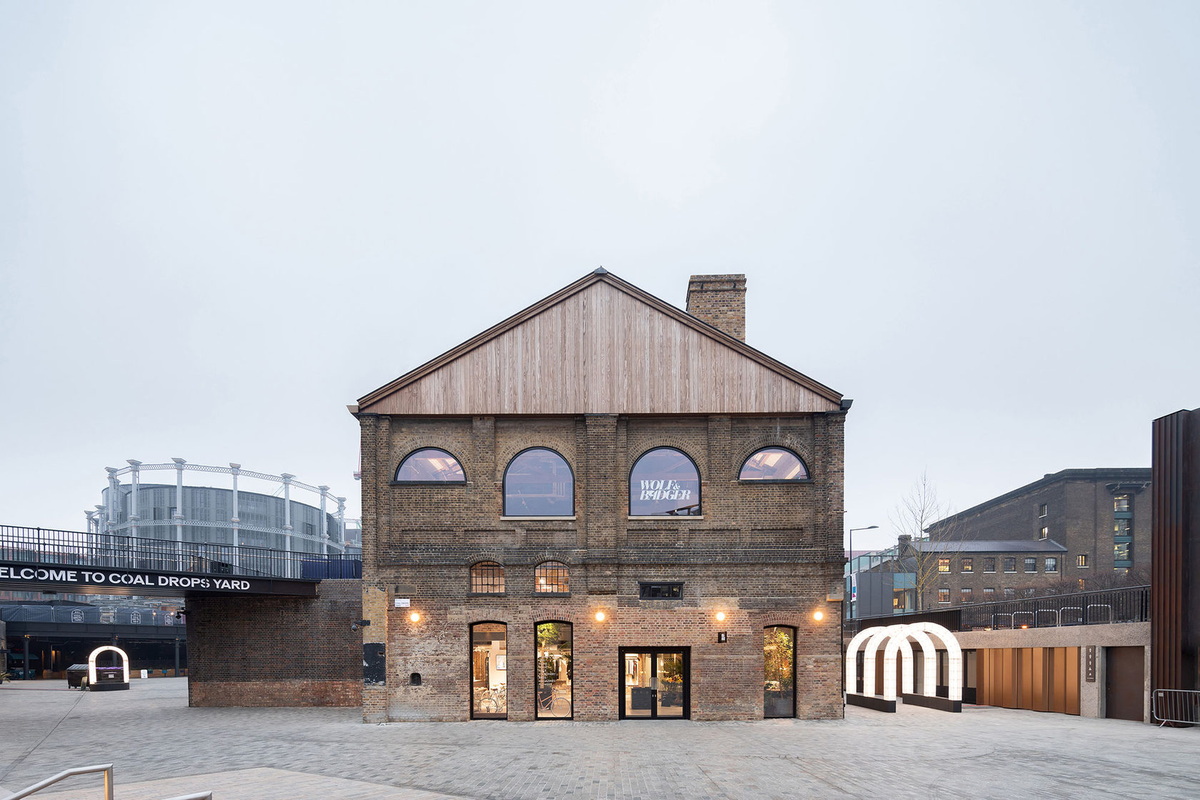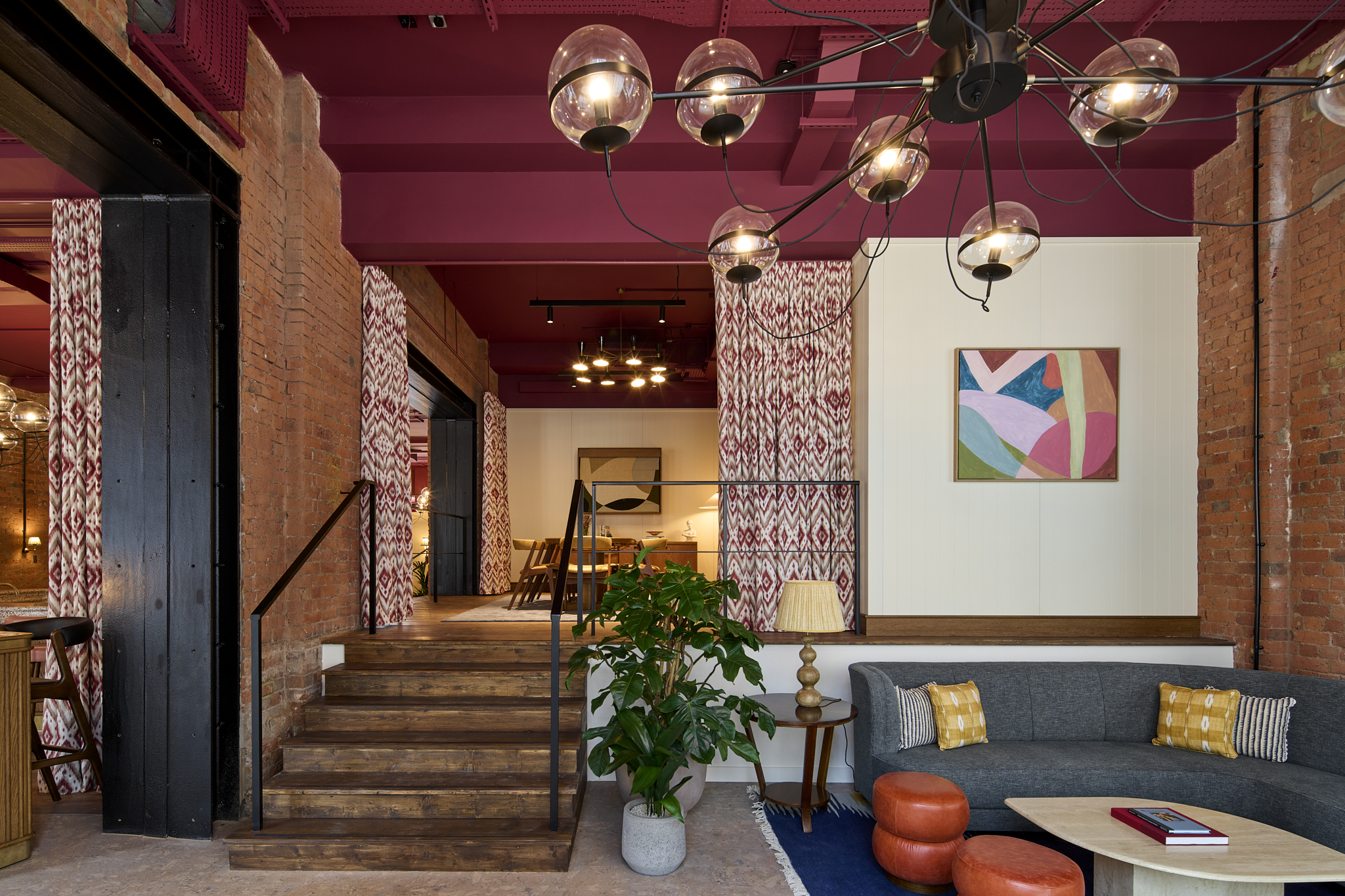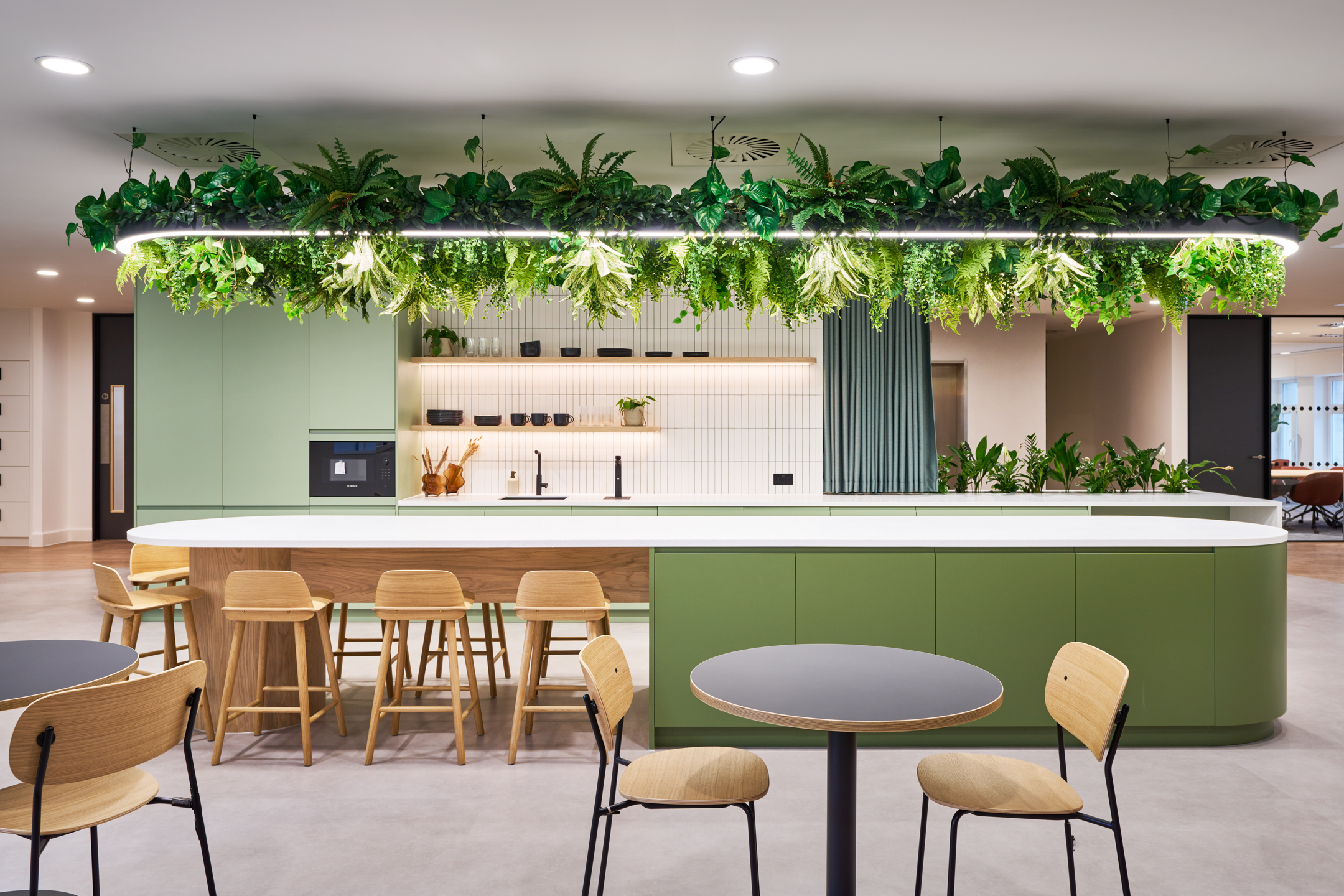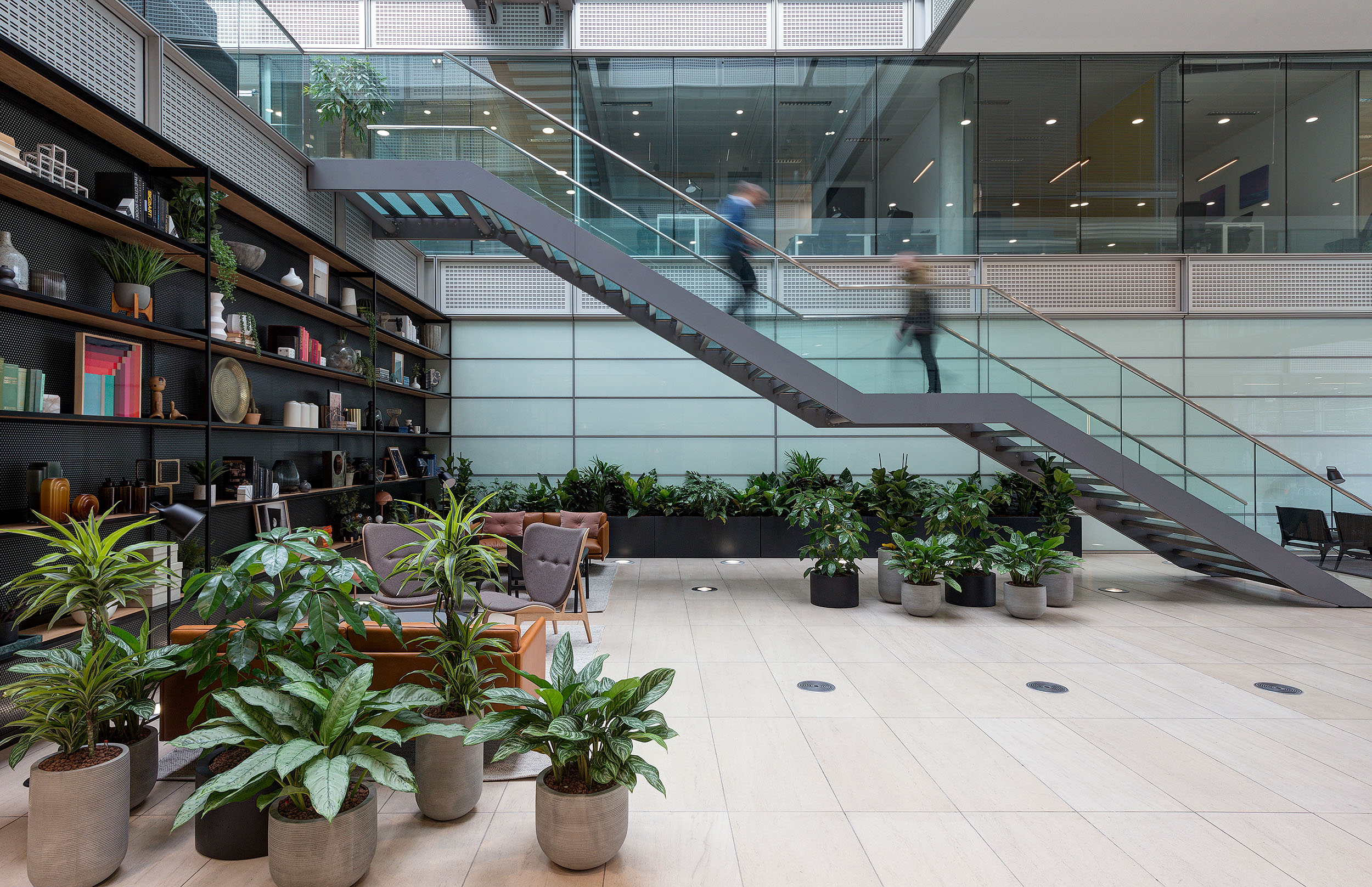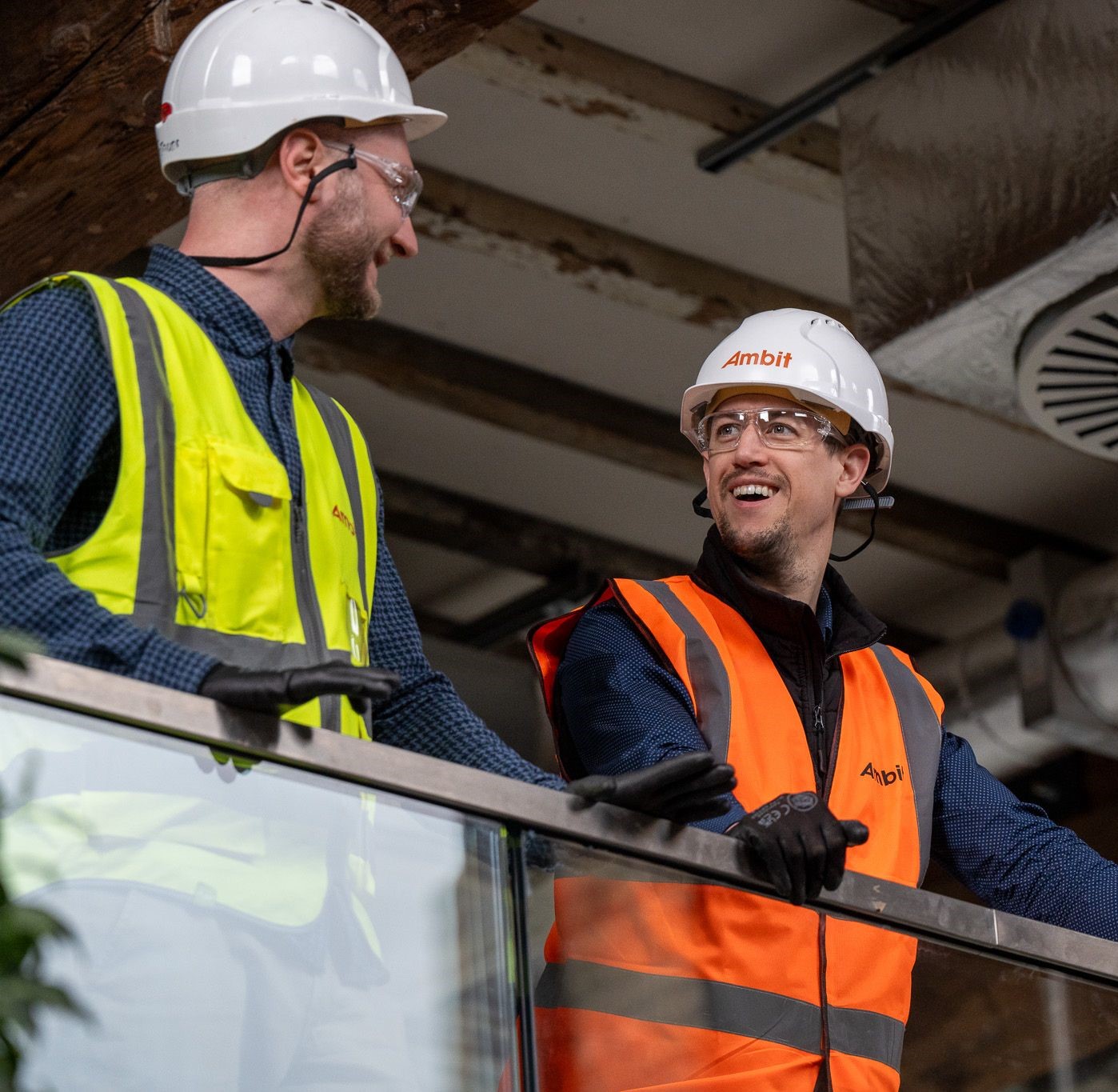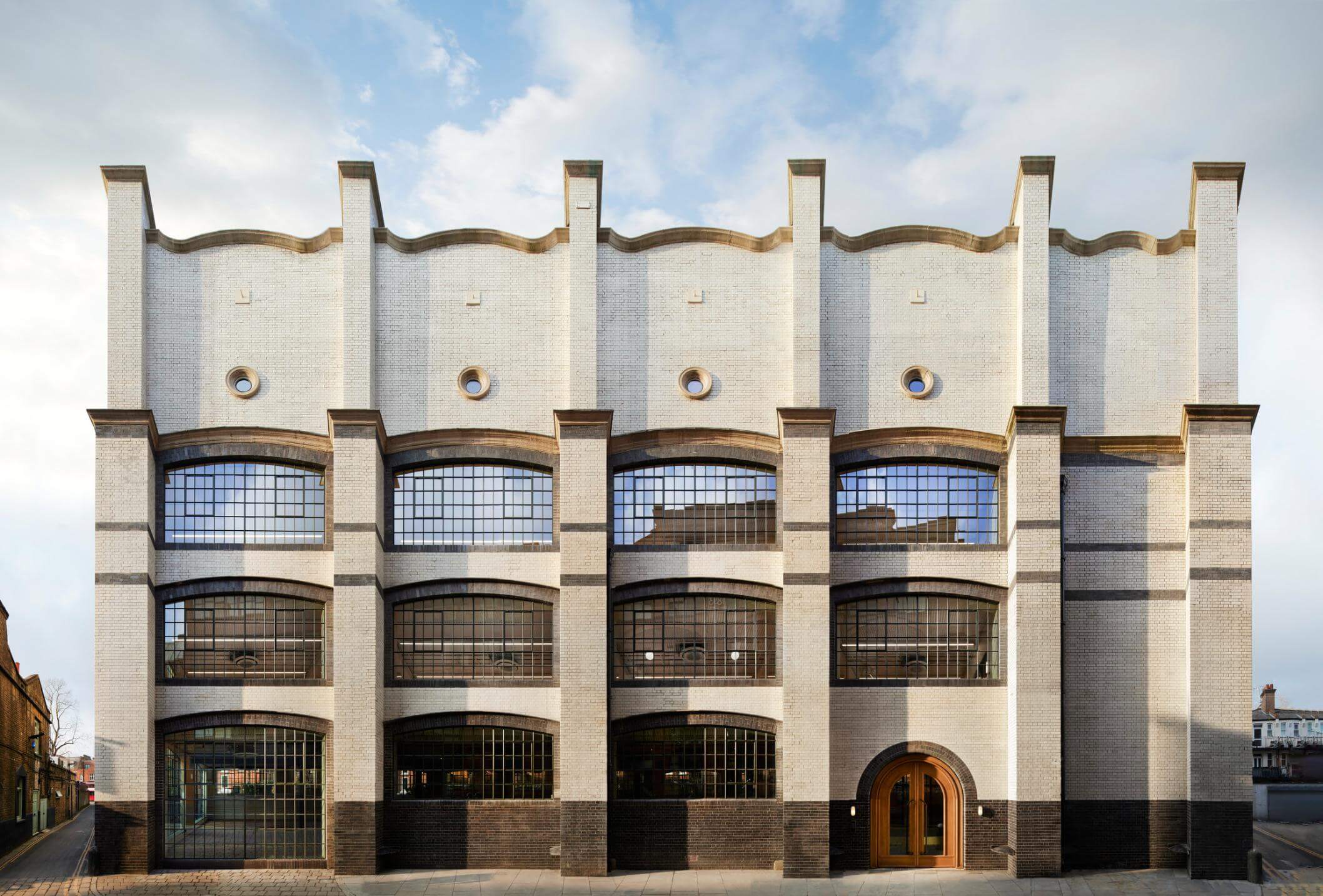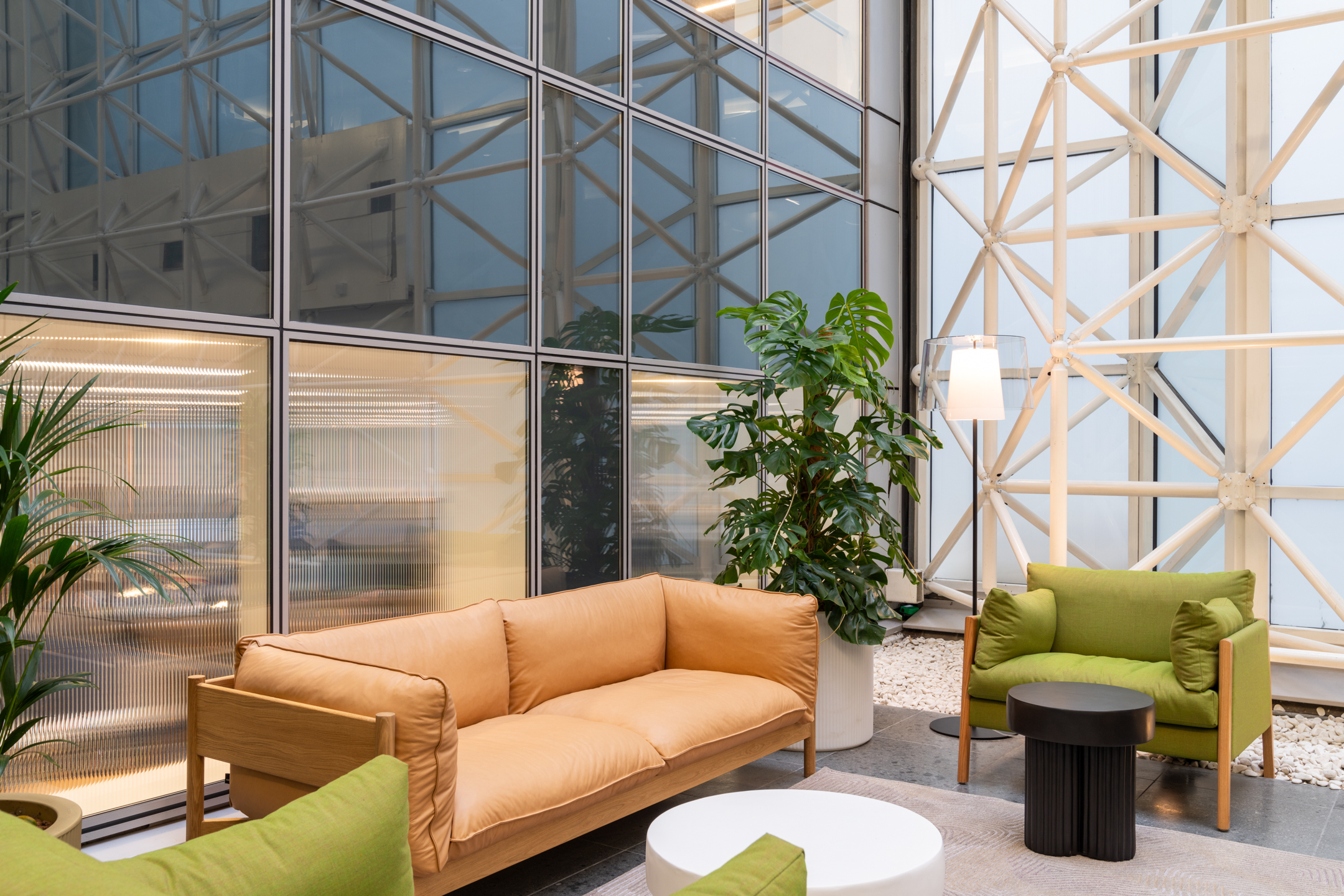How To Support Mental Health Through Workplace Design

Ensuring the mental health of employees is crucial not only for their wellbeing, but also for business success. One means of achieving this is through considered workplace design. By creating an environment that promotes positive mental health, employers can mitigate stress and enhance employee satisfaction, productivity, and overall wellbeing. Here are several key design elements that contribute to supporting mental health in the workplace:
Bring the outdoors inside: One of the most effective strategies for promoting mental well-being in the workplace is the infusion of natural components. This can be achieved through the use of materials such as wood and stone, as well as the adoption of plants and greenery. Research indicates that employees who work in environments with natural elements, such as plants and natural light, experience less stress and report higher levels of well-being.
Encourage movement: This crucial aspect of workplace design can be achieved through the design and implementing of open spaces that promote walking and stretching, as well as through the incorporation of ergonomic features such as standing desks. Employees who are able to move around and engage in physical activity during the workday show a reduction in anxiety.

Foster social connections: Social interaction is a vital aspect of mental health. By designing spaces that encourage employees to interact with one another, employers can help reduce feelings of isolation and promote positive mental health. This can be achieved through the creation of communal spaces such as breakout areas, games rooms or teapoints, where employees can gather and socialise.
Empower employees with choice: Supportive workplace design should also promote flexibility. This can be achieved by providing employees with a range of work settings, such as private offices, open workspaces, and communal areas. Giving employees the ability to choose where and how they work can help foster a sense of control and empowerment.
Mind the details: The application of colour and lighting can also play a significant role in promoting mental health. In fact, bright, natural light can help reduce stress, while warm, calming colours can promote relaxation and enhance mood. Studies have shown that the colour of a room can affect our mood and behaviour, thus it is essential to choose colours that promote calm and productivity.
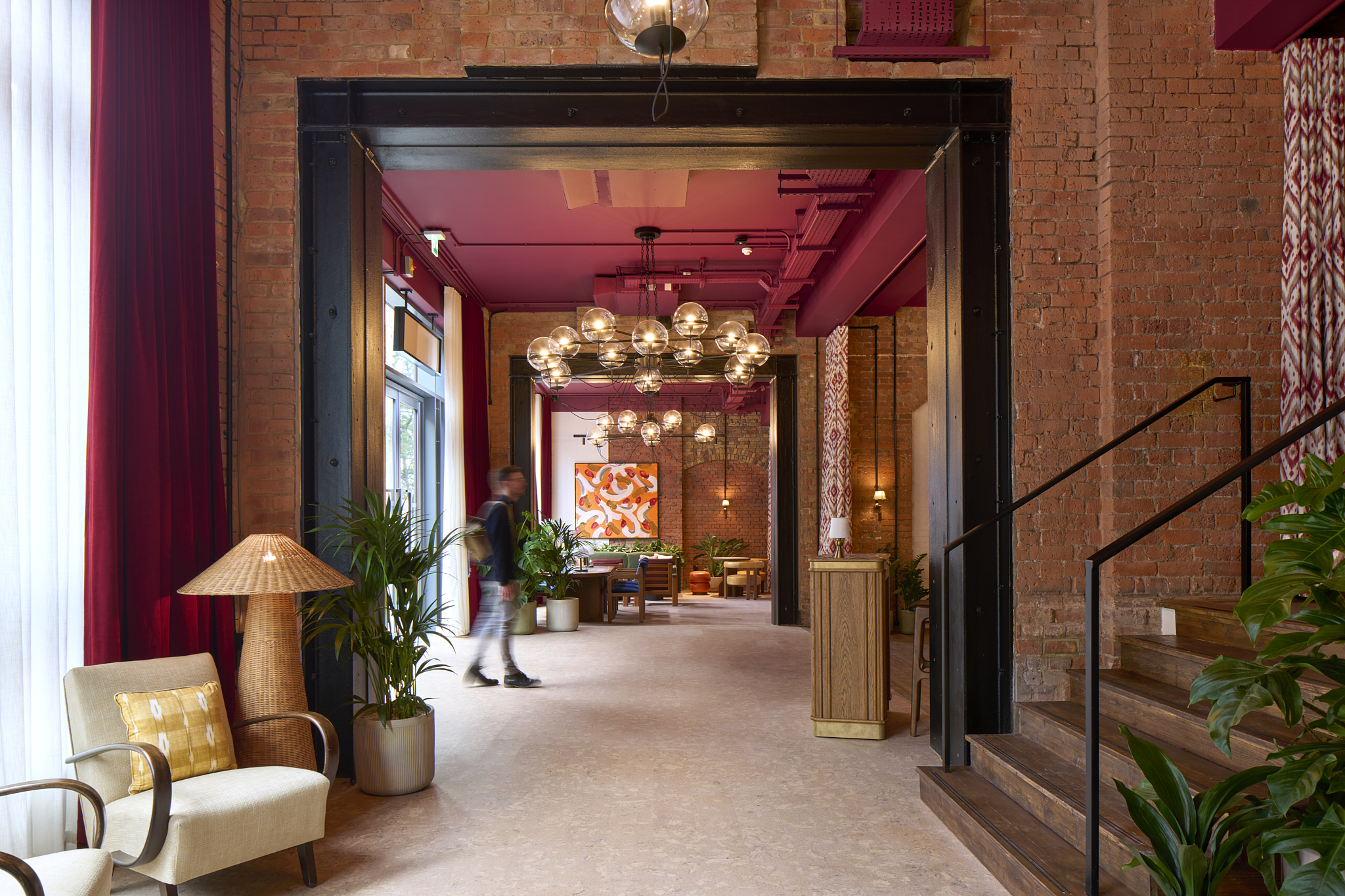
To achieve these outcomes, employers can enlist the services of office refurbishment and interior design companies. These organisations provide expert guidance and resources to design and renovate office space, resulting in a healthier and more productive work environment for employees. In conclusion, a well-designed workplace can have a substantial impact on employee mental health. By integrating these different factors, employers can create a supportive work environment that promotes employee well-being.
See our latest projects, all designed with employee wellbeing in mind, or get in touch with one of our experts to discuss how we can tailor our services to benefit your employees.

